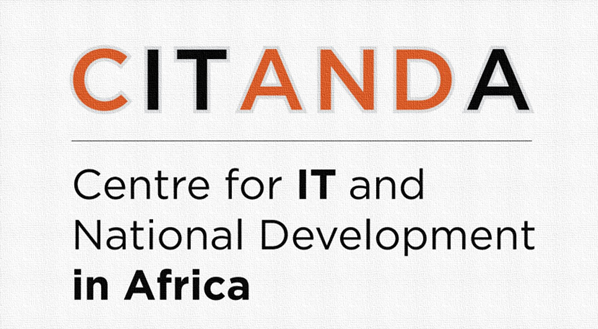Publication Date
1-1-2019
Abstract
The ever growing size of the public sector has been a contention in theory and practice. In parallel, the public sector use of Information Communication Technologies (ICTs), otherwise known as Electronic Government has had a transformative potential. Inspired by these competing interests, this paper set out to study the relationship between investments in e-Government and the size of public sector. Informed by Banks-Weingast model of bureaucratic discretion drawn upon political science, the research estimated the linkage. Using a balanced panel data of Kenya’s key ministries for a 10 year period (2004-2014), e-Government expenditure, consumer price indices (CPI) and gross domestic product (GDP), the study found that 1 per cent increase in the intensity of investment in e-Government infrastructure leads to 0.295 per cent reduction in the size of the public sector, and this forms the main contribution in the paper. In theory, the study presents a robust model that enables the viewing of the interrelationship from a newer vantage point using a perspective foreign to information systems discipline. In practice, the integrative thinking reveals that while investments in e-Government may control government’s recurrent costs, it does counter bureaucrats’ self-interestedness, an ideology which appears to thrive in a world of information asymmetry. Thus, the paper demonstrates that e-Government is a technological determinant of the size of a bureaucracy and may act as an alternative consideration to achieve a leaner public sector.


